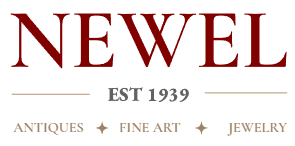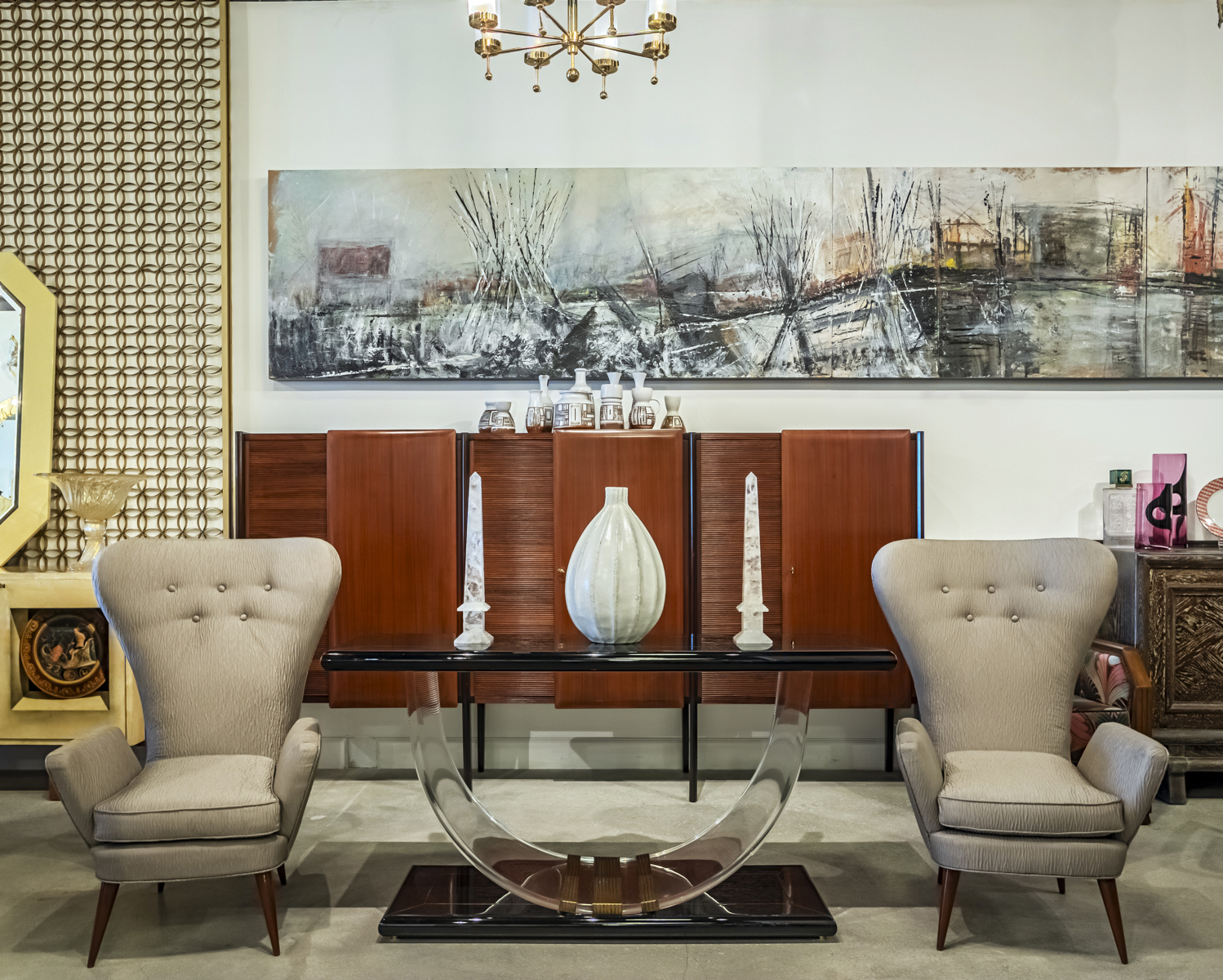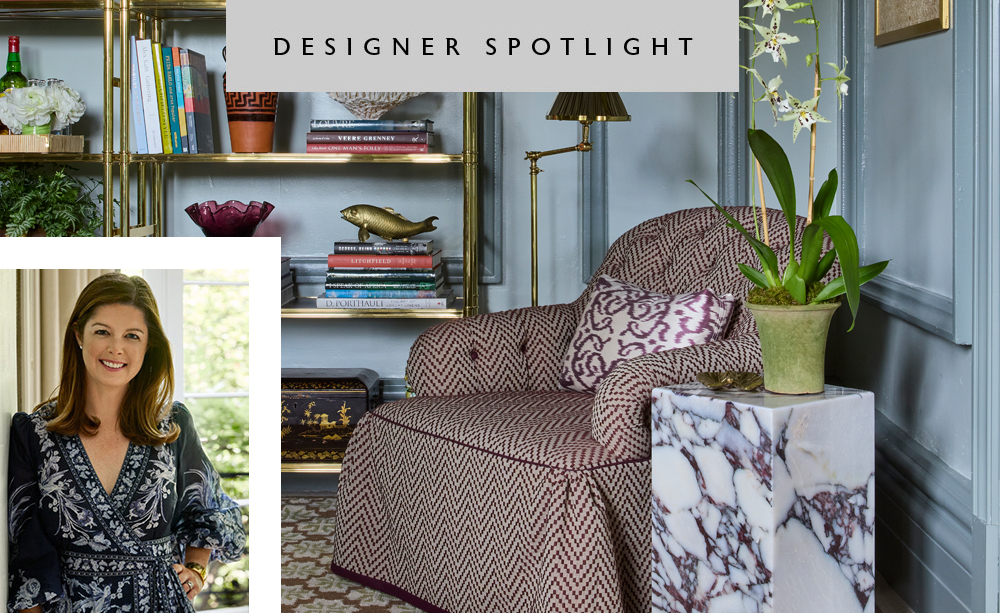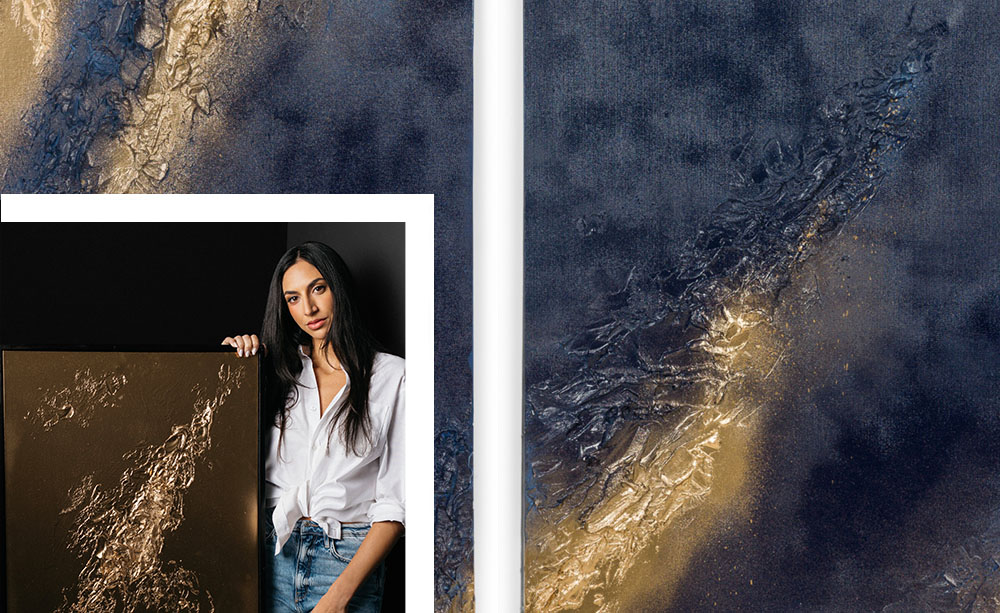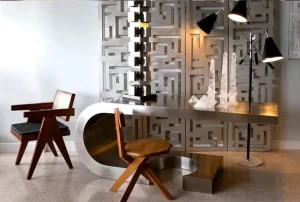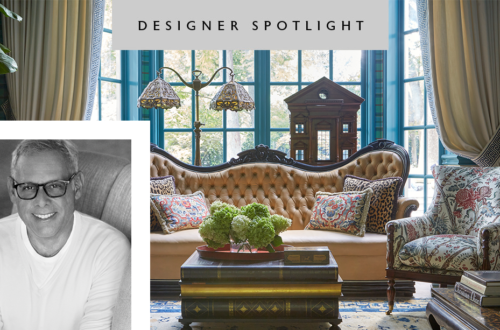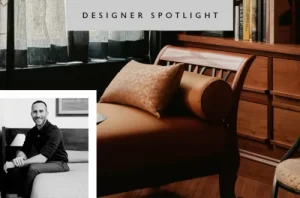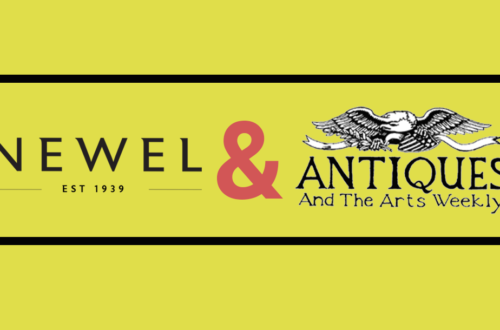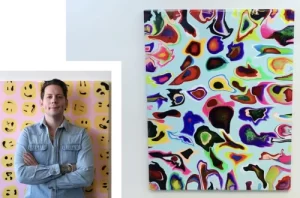
Newel 10,000 sqft gallery in the Interior Arts Building on 61st, is simply unmatched with its unique mix of luxury antique, vintage & contemporary furniture, lighting & decorative objects in the United States. It is constantly curated to showcase the best of our growing inventory and contemporary designs from world renown artists and Newel Contemporary designs.
306 E. 61st Street, 3rd Floor, New York, NY 10065
(212) 758-1970

Based in Long Island City, New York, is Newel's 130,000 sqft showroom and warehouse. This location holds most of Newel's diverse and one of a kind inventory, which is simply unparalleled. Covering all styles, and periods, from Renaissance & Victorian, Art Deco, Mid-Century Modern, Rustic and of course contemporary collections.
32-00 Skillman Ave, Long Island City, NY 11101
(718) 395-1955

After its acquisition of Gary Rubinstein Antiques and Contemporary design in early 2023, Newel's third location is located in Hollywood Florida's Design Center, a stunningly curated 20,000 sq ft gallery with the most exceptional mid-century and contemporary designs. This showroom will be constantly updated with new inventory on a monthly basis and will highlight some of the best contemporary designs perfectly mixed with one of a kind antiques.
2868 Pershing Street, Hollywood, FL 33020
(305) 891-7580
X
{{ modalTitle }}
{{ modalTitle }}
PLEASE FILL IN THE REQUIRED FIELDS.X
Login
{{ modalTitle }}
PLEASE FILL IN THE REQUIRED FIELDS.X
LOGIN
PLEASE FILL IN THE REQUIRED FIELDS.X
LOGIN
PLEASE FILL IN THE REQUIRED FIELDS.X
{{ modalMessage }}
X
Newel uses Google Analytics to collect anonymized data to better understand how our users interact with our website and products. We only use the information to adjust user experience, site functionality, products, and outreach to better meet your needs.
This information includes our users paths through the website, interaction with search functions, the device, operating system, and browser used to access our site, and basic demographic information users have chosen to make public by siging in with social media.
This information is automatically removed any identifying markers and is completely anonymous. We strive to create the best experience for you, and greatly appreciate it if youchoose to help us better understand our customers!
You may view our full Privacy Policy (here)
X
CREATE PASSWORD
X
PLEASE FILL IN ALL REQUIRED FIELDS.
* indicates required field
* indicates required field
